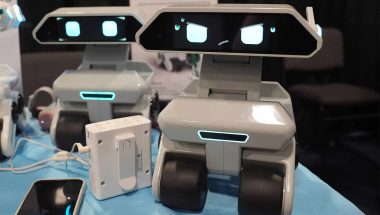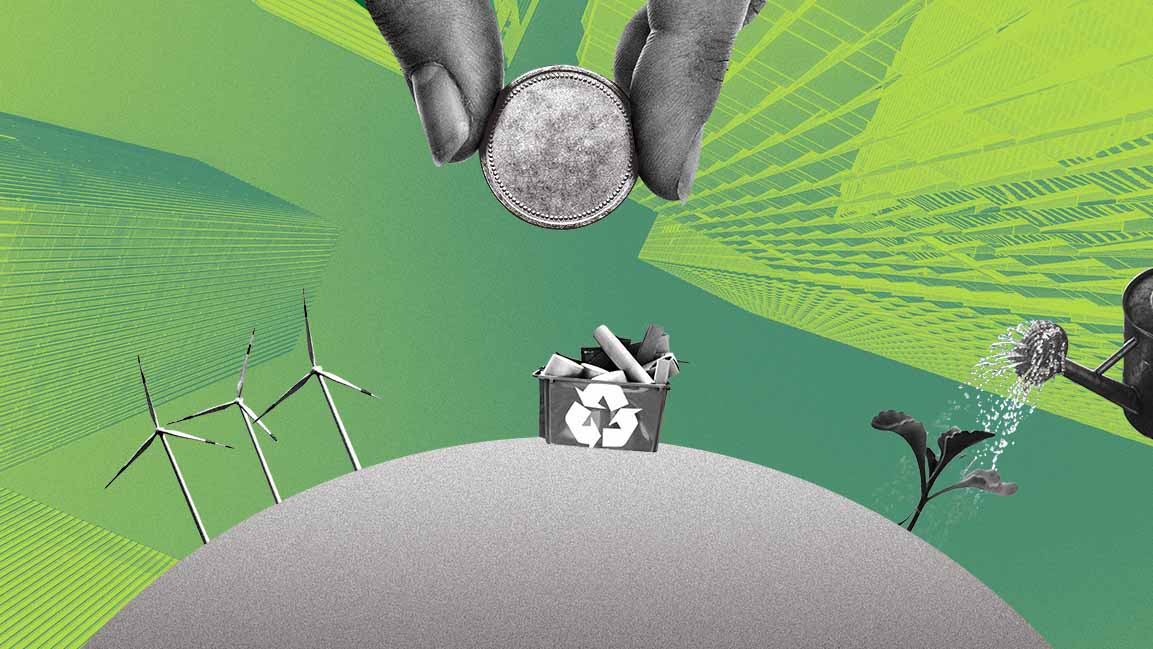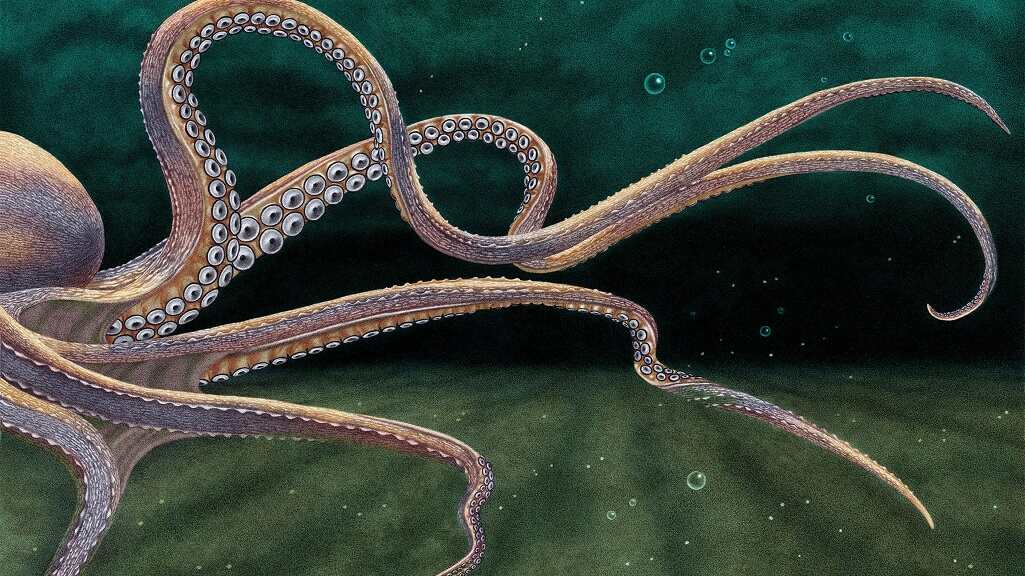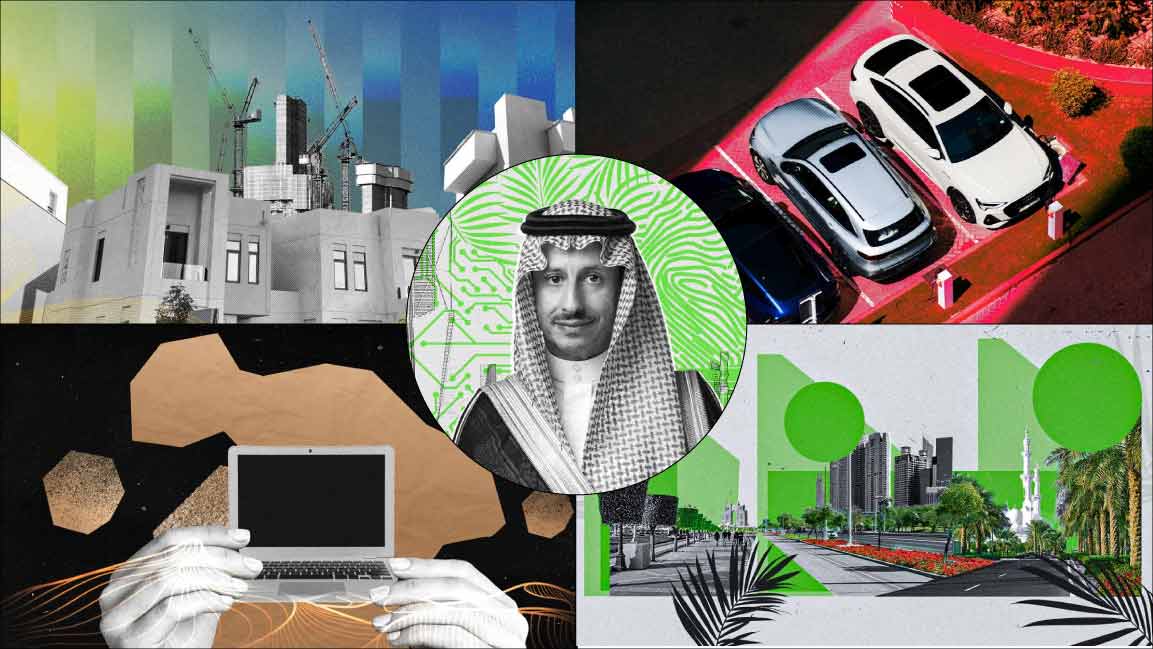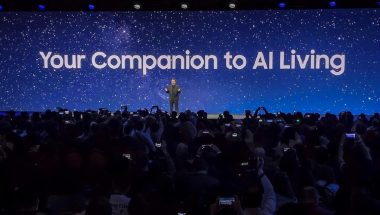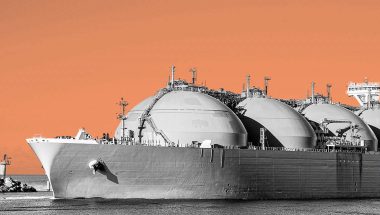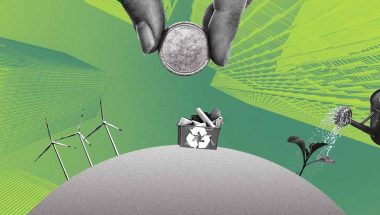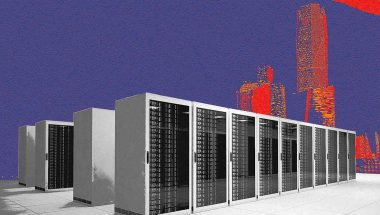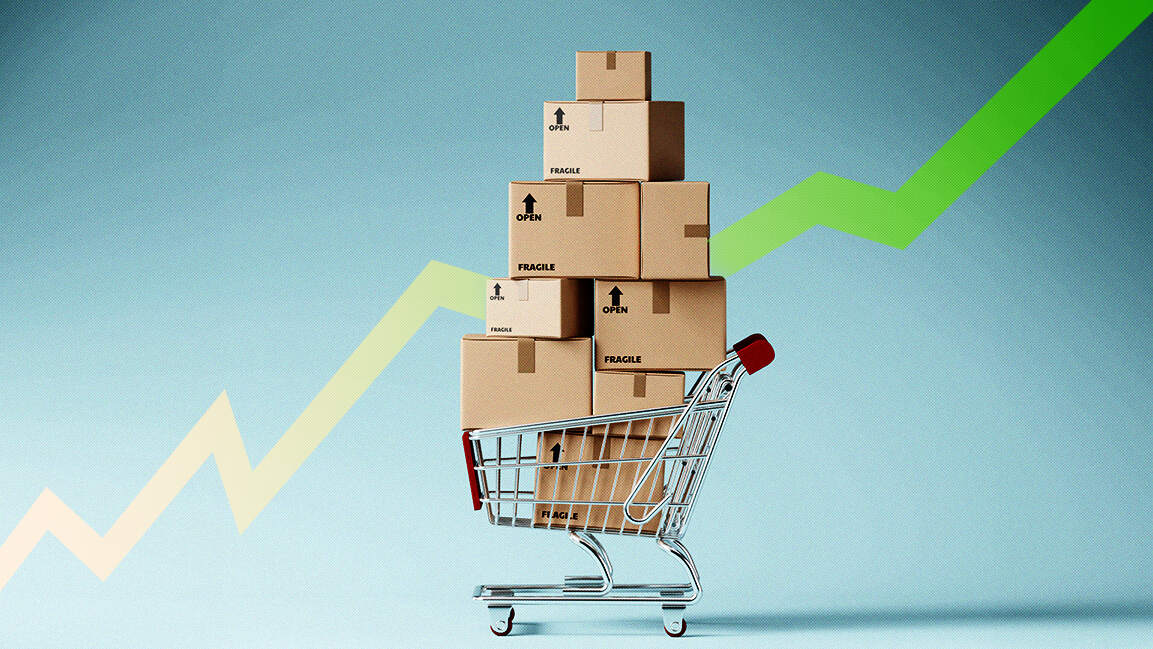- | 9:00 am
Is space the new frontier for food? The Middle East is exploring
Your favorite salad might taste amazing on Earth, but not so much in space.

In 2015, Matt Damon starred in a sci-fi drama called The Martian. It was a box-office hit as it captured the experience of an astronaut stranded on Mars. The credit goes to story writing – the fact that the narrative unfolds of how a botanist grew food on Mars to survive, along with some classic Mark Watney witty monologues.
Today, this is turning into a reality.
Countries worldwide are exploring resources to grow food in space. Due to the adverse effects of climate change, it’s hard enough to grow and sustain food on Earth. So how are we doing it in space?
THE BIGGEST CHALLENGE – THE ENVIRONMENT
“The environment in space is extremely harsh – high radiation environment, extremes of temperature, low or no gravity, and minimal resources. All these factors make growing food in space extremely challenging”, says Dimitra Atri, research scientist and lead of the Mars Research Group at NYUAD Center for Space Science.
By developing techniques to grow food in space, countries in the Middle East can apply similar techniques in another type of harsh environment – a hot and dry desert on Earth, Atri adds. “This could lead to the development and scaling up of self-sustained, in-house agricultural production.”
Space farming is far from being perfected. Astronauts have been conducting experiments and improving their knowledge of cultivating plants in space for over a decade. “Growing food in space is in the experimental phase. The focus is to grow different types of food to complement the diet of astronauts within the constraints of the mission parameters,” says Atri.
Voyager Space Holdings-acquired NanoRacks, known for deploying small satellites from the International Space Station, opened its first UAE office in Abu Dhabi. Soon after, NanoRacks launched a space agtech company, StarLab Oasis, to understand how food can be grown in space.
“We know that the unique environment of space, both with the ‘cocktail’ of natural radiation, as well as the absence of gravity, produce new variants of seeds, microbes, and other basic building blocks for food production,” says Jeffrey Manber, NanoRacks Co-founder. “Some of these in-space products are hardy enough to grow even in the driest regions of the Earth. This alone is a major attraction for Middle Eastern agricultural planners.”
He stated that the company has previously designed greenhouses in which seeds can germinate but what he finds interesting is that water behaves differently in the absence of gravity. The team, working with Starlab Oasis, is trying to understand how to design a system so that water “flows” properly to germinate seeds and allow water to be absorbed by the plant’s roots. The teams have also learned how plants grow in microgravity–they reach for the light.
Microgravity is a major challenge. As plants take their cue from gravity for various aspects of their growth, space-farming experiments try to understand how they can grow in lower levels of gravity.
“In a microgravity environment, water does not flow downhill; instead, it just floats in mid-air or clings to an object through adhesion. This poses scaling difficulties as water needs to be manually injected into the root zone of each plant. To remedy this, some recent technology demonstrations on the ISS utilize an interior corner within a watering system to take advantage of water’s adhesive and cohesive nature and actively direct water flow in microgravity. This technology could potentially enable a large multiplier in the number of plants grown in low-Earth orbit,” says Allen Herbert, Starlab Oasis co-founder.
An experiment conducted by Israeli-based Aleph Farms, as a part of the first-ever private astronaut mission, made use of a special microfluidic device called a Lab-on-a-Chip, which tested the effects of microgravity on two basic processes responsible for muscle tissue formation. These processes included the proliferation and differentiation of cow cells into the building blocks of its cultivated steak.
“Studying the effect of the space environment in growing the cells helps to understand better how its processes can evolve within extreme environments. It allows for the development of an automated, closed-loop system that produces steaks during long-term space missions,” says Didier Toubia, Co-Founder and CEO of Aleph Farms.
Another major hindrance is conducting research in space is limited. Manber says, “The challenges are many. The high cost of transportation to and from space. The uncertain nature of the impact of the space environment on crops: specifically, we do not fully understand why some crops produce hardy variants when grown in space.”
Additionally, while plants on Earth have ample natural sunlight, the lighting in growth chambers in space has not been able to replicate that effect.
In fact, along with monitoring energy efficiency in space, creating different heat levels from varying lighting levels is an added task. The risk of contamination is real too.
“The plants grown have to be considered an essential part of the environment –-you are building a new ecosystem and will be relying on the plants, not just as food but as essential parts of the environmental control and life support system. This is known as bio-regenerative engineering. Plants can use human waste products like carbon dioxide and water vapor and recycle them into biomaterial that can be consumed and provide necessary calories and nutrients,” says Jennifer Fogarty, the Chief Scientific Officer for the Translational Research Institute for Space Health (TRISH) and a former NASA Human Research Program Chief Scientist.
But, Herbert believes that the UAE is investing in breakthroughs to grow food in harsh environments to allow for more locally-grown food sources. Also, the UAE, among other Middle Eastern countries, is setting itself as a global superpower in space explorations and capabilities. “With plans of having a permanent human settlement on Mars in 100 years [Mars 2117], it is important to understand how we can feed future space voyagers in these long-duration missions when resupplies from Earth are not feasible.”
WHAT’S ON THE MENU?
According to Herbert, the easiest plants grown in space are microgreens, essentially assorted sprouts harvested about 4-7 days after germination, depending on the species. Microgreens require extremely low amounts of light and water while still being very nutritious when consumed, making them good menu items on future space missions.
Larger leafy greens like lettuce, Swiss chard, and kale are a bit more difficult to grow, states Herbert. The most challenging to grow plants have been chili peppers due to their long time to harvest, which is over 100 days.
But not everyone can (happily) survive on plants. And that’s why Aleph Farms is trying to grow steak in space. Compared to conventional beef production, cultivated meat produced via cellular agriculture can fit very well into a new sustainable vision for food systems in the Middle East and space, says Toubia.
In 2019, the company conducted a successful experiment on the ISS in which it was able to assemble meat tissue using 3D bioprinting technology.
WHAT’S THE DIET LIKE?
In 1961, Yuri Gagarin became the first man in space and the first person to eat in space. Aboard Vostok 1 on 12 April 1961, he ate beef and liver paste from an aluminum tube by squeezing it into his mouth. And for dessert, he had a chocolate sauce, eating the food by the same method.
Gagarin’s food was taken into space as a freeze-dried and prepackaged meal, clearly implying that nutrition wasn’t a top priority. Now, due to their lengthy missions, the dare isn’t only to grow food but to grow nutritious food for these travelers.
“Current experiments show that space food can retain nutritional properties and taste good. However, the number of plant types grown in space is limited, which needs further expansion,” says Atri. He points out that plants have complex nutrition distribution mechanisms and biogeochemical cycles, which are extremely difficult to address in outer space.
However, producing cultivated meat via cellular agriculture offers the option to customize the nutritional composition of food, says Toubia. For example, reducing saturated fat and enhancing the food with vitamins and minerals.
Currently, there are two food production systems on the ISS – Veggie (Vegetable Production System) and APH (Advanced Plant Habitat). These systems mostly conduct plant growth and research. There are no systems in place that are only for growing food for human consumption, points out Herbert.
In addition, NanoRacks owns and operates the Zero-G Oven on the ISS, a key appliance for preparing food once it is harvested.
On the other hand, Aleph Farms uses a 3D bioprinter along with a microfluidic device for its experiment in 2022.
SPACE AGRICULTURE IN 20 YEARS
Twenty years ago, astronauts consumed food that was either bite-sized cubes or liquids stuffed in an aluminum tube. Two decades later, as space exploration continues, long-duration space travel has led to creating food that offers nutritional and emotional needs to help space travelers feel closer to Earth.
“Due to the Middle East’s harsh climate, developing food technologies that are adaptable to Earth’s most inhospitable locations, we can help human-crewed missions to Mars be equipped with the ability to grow foods on the red planet itself,” says Dan Bryant, Chief Technology Officer at Saudi agtech startup Red Sea Farms. That could allow a human colony to exist self-sufficiently on Mars in a decade.
The UAE is currently working on the Mars Science City complex, which will cover 1.9 million square feet, making it the largest space-simulation city ever built. This includes plenty of space for agricultural testing and studies about food security in the future. And Israel, of course, was part of the Rakia Mission earlier this year, in which Aleph Farms participated, which involved growing cow cells in space.
Fogarty believes that in 20 years, we will be growing nutrient-dense fruits and vegetables, like superfoods and microgreens, that have low resource requirements.
She adds, “We can’t become independent of preserved foods until we have a robust and reliable system in space that can feed the whole crew. The next steps will be focused on the diversity of crops and also exploring growing animal protein.”











